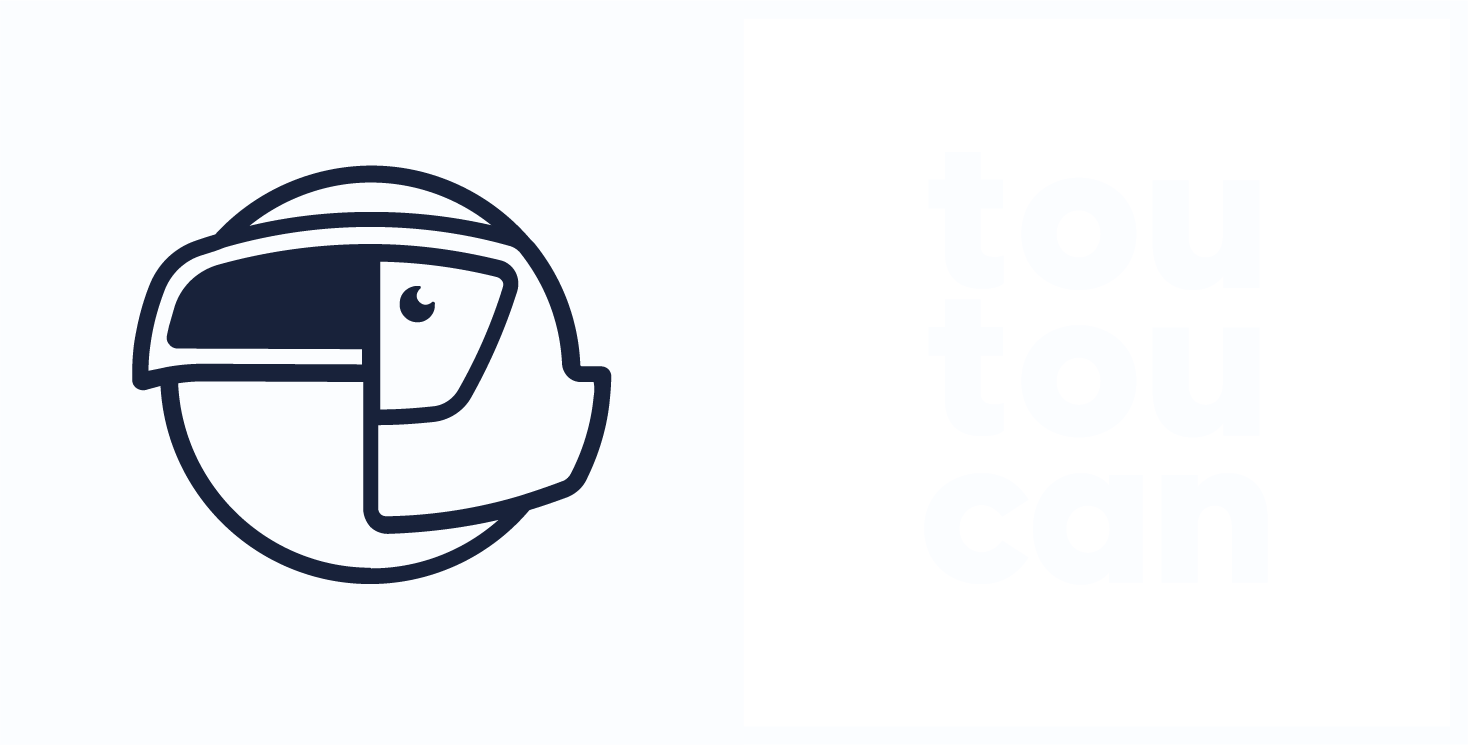This time there it is! After spending hours researching articles and talking to your veterinarian, you've chosen the perfect diet for your pet. You know what he needs in terms of food and daily amount! But, wait...how often should you offer him food? Even though some animals are more than willing to let you know when they feel it's time for their bowl to be filled, is there a specific timeline to follow? This question is a common one, so we've provided some general guidelines to help you find the best solution for your household and your pet's habits.
Puppies and kittens
To be monitored very closely, puppies and kittens under one year old must receive a diet adapted to their growth and their stage of life (do not hesitate to ask your veterinarian). These diets contain extra nutrients to help your pet grow! Once an appropriate diet is selected, it is often recommended that animals under six months of age be fed at least three separate meals per day. Puppies and kittens have higher nutritional needs than adult animals, but smaller stomachs. Like human babies, they first need frequent meals, the number of which can be reduced as they grow. But be careful with your measurements! More frequent rations should not equal larger amounts of food throughout the day. Meeting the nutritional needs of your puppy or kitten will keep them in ideal body condition.
Healthy adults
Once your healthy pet reaches adulthood (at least a year and up to 18 months in large breed dogs), he can continue on a set feeding schedule during his period as a puppy or kitten, or you can make adjustments. It can be like once a day, twice a day, or more, depending on you and your pet's preferences. As long as your pet receives their daily nutritional needs, the frequency at which meals are provided is relatively flexible, although most families generally provide two meals per day.
What if my pet has a health problem?
Health conditions can often alter the type of food your pet needs as well as their appetite. Certain illnesses may also require changes in feeding times. For example, your veterinarian may suggest more frequent and smaller meals if your pet has gastrointestinal issues, or they may recommend a more rigid twice-daily schedule if your pet has diabetes. You should always consult with your veterinarian to ensure that the feeding program meets the nutritional goals for your pet's health condition.
What about free food?
Providing unlimited access to food or free food is a popular choice, especially among cat owners. Also, some animals may need free feed to meet increased energy needs, such as pregnant or lactating animals. However, this style of feeding is only conducive if all of your animals that can access free food meet the ideal body conditions and can maintain this good state of health, even with free access to food. Free-feeding can easily lead to overconsumption and obesity, and all the health issues that come with it!
To remember
The best way to plan your pet's meals is the way that meets your needs and those of your pet, as well as your pet's nutritional needs. But as with any change in diet, it's always important to consult your veterinarian first!







